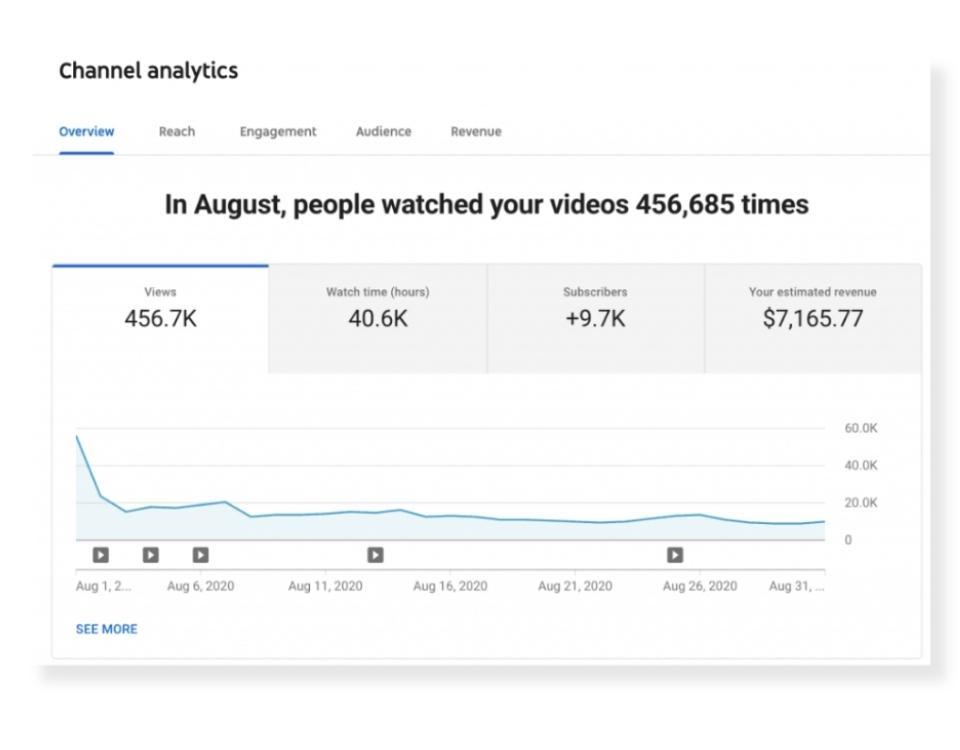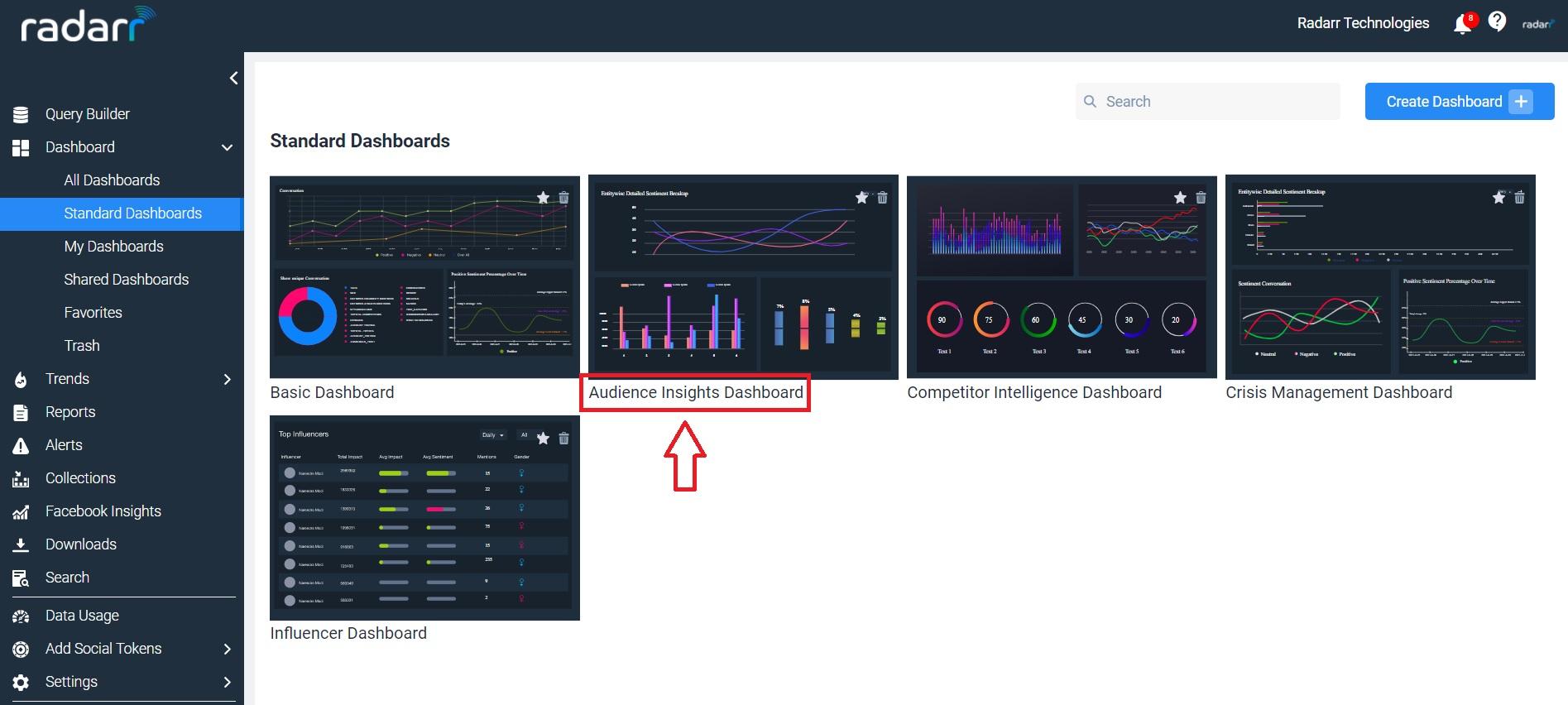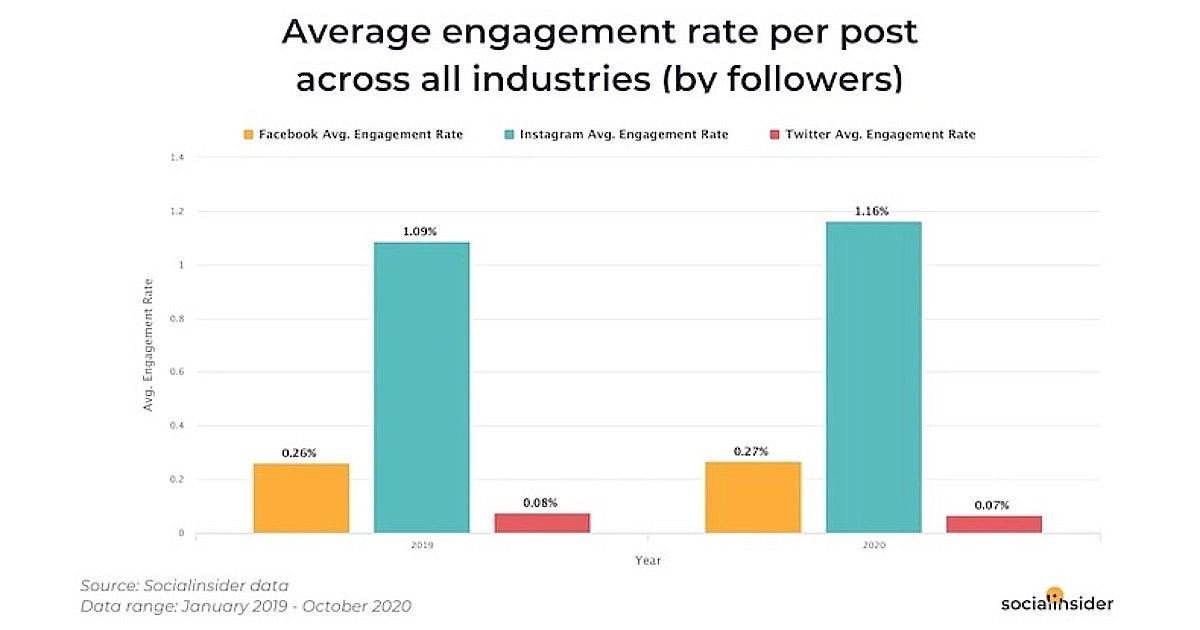
In the bustling landscape of digital marketing, YouTube stands out as a beacon for brands and creators alike, offering a dynamic platform where influence translates into engagement, loyalty, and ultimately, success. Yet, behind the captivating videos and charismatic personalities lies a treasure trove of data waiting to be unlocked—YouTube Analytics. Understanding this crucial tool can be the difference between fleeting views and lasting impact. In this article, we embark on a journey to demystify YouTube Analytics, unraveling the metrics and insights that can empower influencers and brands to craft strategic campaigns that resonate. Whether you’re a seasoned creator or a brand aiming to harness the power of influencer marketing, knowledge of these analytics can elevate your efforts, turning casual viewers into passionate advocates. Join us as we delve into the world of YouTube Analytics and discover how to translate numbers into actionable strategies for a thriving online presence.
Understanding Key Metrics that Matter for Influencer Success
When navigating the world of YouTube analytics, it’s imperative to focus on the metrics that directly correlate with influencer success.Watch time is a crucial indicator, as it represents the total minutes viewers spend watching your videos. This metric not only affects video rankings but also signals to the algorithm that your content is engaging. Alongside watch time, view count and subscribers gained help paint a picture of your channel’s growth and viewer retention. Consistently tracking these figures can illuminate trends and inform future content strategies.
Another vital area to explore is audience engagement metrics, which encompass likes, comments, and shares. High engagement rates often indicate a strong connection with the audience, fostering loyalty and encouraging organic growth. Additionally, understanding your click-through rate (CTR) can provide insights into how effectively your thumbnails and titles attract new viewers. To visualize this data, consider the following table, summarizing these key metrics:
| Metric | Description |
|---|---|
| Watch Time | Total minutes viewers have watched your videos. |
| view Count | Total number of times your video has been viewed. |
| Subscribers Gained | Number of new subscribers acquired from your content. |
| Engagement Rate | Likes,comments,and shares per video. |
| Click-Through Rate (CTR) | Percentage of viewers who click on your video after seeing the thumbnail. |

Decoding Audience Insights to Tailor Your Content Strategy
Understanding your audience is imperative for crafting content that resonates and drives engagement. By leveraging YouTube Analytics,you can gain a clearer picture of your viewers’ demographics,interests,and behaviors. This valuable data allows you to identify trends and patterns, leading to more informed content decisions. Consider the following key insights to enhance your content strategy:
- Demographics: Know who your audience is by age, gender, and location.
- Engagement Metrics: Analyze watch time, likes, comments, and shares to measure content performance.
- traffic Sources: Understand where your viewers are coming from to optimize promotion efforts.
Once you’ve gathered this data, the next step is to translate these insights into action. for instance, if a significant portion of your audience hails from a specific age group, consider tailoring your content themes or formats to match their preferences. The ability to pivot your content strategy based on audience feedback can dramatically impact your channel’s growth and influence. Additionally,consider using the following table to track the effectiveness of your content adjustments:
| Content Type | Engagement Rate | Audience Feedback |
|---|---|---|
| Vlogs | 65% | Positive |
| Tutorials | 75% | Constructive |
| Live Streams | 80% | Vrey Positive |

Navigating Engagement Rates to Optimize Your Reach
Engagement rates are key metrics that can help you understand how well your content is resonating with your audience. By analyzing these rates, you can refine your approach to maximize your reach and effectiveness. Here are several factors to consider that can substantially influence your engagement metrics:
- Content Quality: High-quality, relatable content keeps viewers watching and encourages interaction.
- Posting Schedule: Consistency is crucial; finding the optimal time to post based on viewer habits can enhance engagement.
- Calls-to-Action (CTAs): Directly asking viewers to like, share, or comment can boost interaction rates.
- Audience Interaction: Engaging with your audience in the comments section builds community and encourages return views.
To visualize the impact of these strategies, consider tracking your engagement rates in relation to content types and posting times. Use the following table to assess how different elements contribute to higher engagement:
| Content Type | Engagement Rate (%) | Best Posting Time |
|---|---|---|
| Tutorial Videos | 15% | Wednesday at 2 PM |
| Vlogs | 10% | Friday at 5 PM |
| Q&A Sessions | 20% | Sunday at 3 PM |
By continuously monitoring these engagement metrics and adapting your strategy accordingly, you can optimize your influencer marketing efforts. Focus on enhancing viewer interaction and fostering a vibrant community around your content, leading to greater reach and effectiveness in your campaigns.

Leveraging Data Trends for Strategic Campaign Planning
To effectively utilize YouTube analytics in influencer marketing, brands must dive deep into data trends that shape audience engagement and content performance. By examining key metrics such as watch time, audience demographics, and traffic sources, marketers can identify the types of content that resonate most with their target audience. This insight allows for the development of tailored campaigns that not only align with viewer preferences but also enhance brand visibility and foster community interaction.
Moreover, tracking engagement rates over time can reveal shifts in audience interests and emerging trends. Keeping an eye on top-performing videos can inform future content creation strategies. Consider incorporating elements like:
- Call-to-action analysis – Understanding which prompts drive engagement.
- Content genre comparison – Analyzing the effectiveness of various content types.
- Influencer alignment – Evaluating collaborations based on past performance metrics.
Utilizing this data will not only better inform campaign planning but also optimize influencer partnerships, ensuring that brands remain relevant in a fast-evolving digital landscape.
The Conclusion
As we draw the curtain on our exploration of YouTube analytics, it’s clear that mastering this tool is not just beneficial—it’s essential for anyone serious about influencer marketing. By harnessing the wealth of data at our fingertips, creators and marketers alike can make informed decisions that elevate their content and engagement to new heights.Remember, the journey into analytics is ongoing; the platform evolves, trends shift, and audience preferences change. Staying attuned to these dynamics will not only enhance your strategy but also enrich the connections you forge with your audience. As you dive deeper into your data, let curiosity guide you: each number tells a story, and every insight paves the way for innovation and growth.
In the vast realm of digital content, knowledge is power.With the insights gained from YouTube Analytics, you hold the key to unlocking your potential as an influencer or marketer. So, equip yourself with this knowledge, embrace the learning process, and watch as your influence resonates further and wider than ever before. Here’s to your success and the exciting possibilities that lie ahead in the world of influencer marketing!